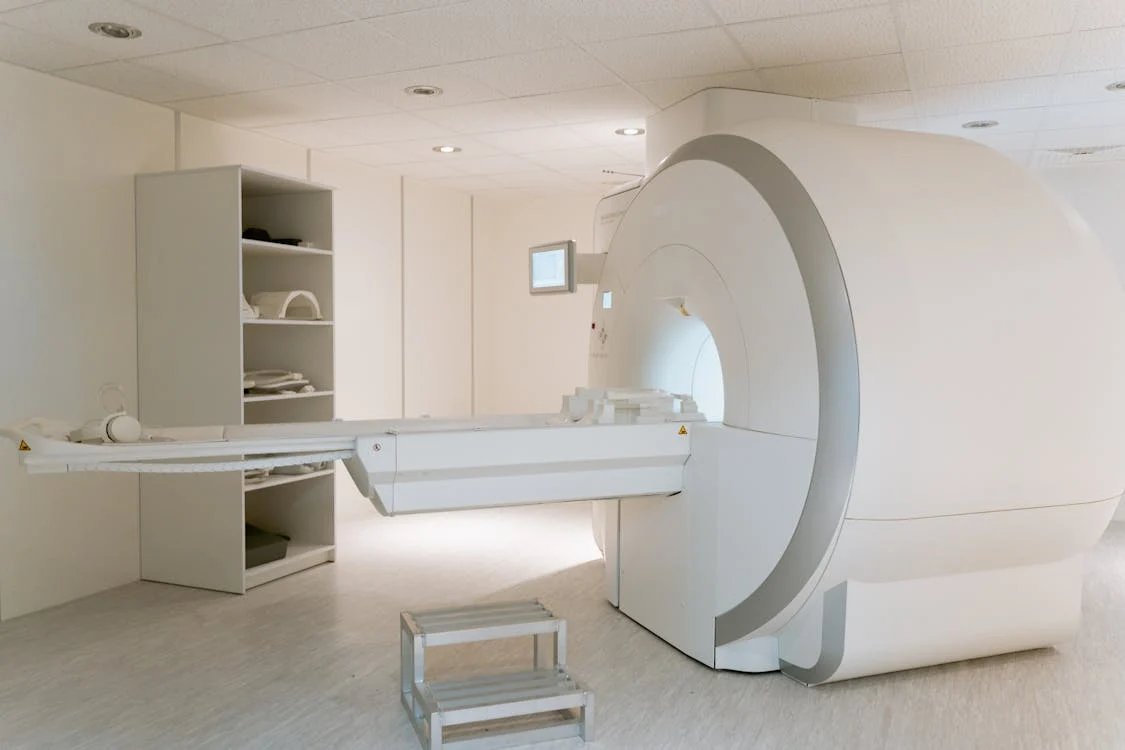
Emerging Trends in Medical Equipment: The Shift Towards Digital Health Tools
The healthcare industry is increasingly embracing digital transformation, with medical equipment at the center of this evolution. From AI-powered diagnostics to wearable health devices, digital health tools are reshaping the way care is delivered. In this blog, CareVita highlights the emerging trends in medical equipment and their impact on patient outcomes.
Innovations in Digital Medical Equipment
- AI-Assisted Diagnostics:
Artificial intelligence is empowering medical devices to analyze data faster and more accurately. Tools like AI-enabled imaging systems can detect anomalies in scans with greater precision, aiding early diagnosis and treatment. - Wearable Devices:
Smartwatches and biosensors provide continuous health monitoring, tracking metrics like heart rate, blood pressure, and oxygen saturation. These devices are not only convenient but also enable preventive care. - Telehealth Integration:
Medical equipment now integrates seamlessly with telehealth platforms, allowing remote monitoring and consultations. Portable diagnostic tools, such as handheld ultrasound devices, ensure quality care in remote locations. - 3D Printing in Equipment Production:
The use of 3D printing in creating custom prosthetics, implants, and surgical tools has revolutionized patient-specific solutions, improving comfort and functionality. - IoT-Connected Devices:
The Internet of Things (IoT) enables medical devices to communicate with one another, providing real-time data and insights to healthcare providers. This connectivity enhances decision-making and improves patient care.
Benefits of Digital Medical Equipment
- Enhanced Efficiency: Automating routine tasks frees up time for healthcare providers to focus on critical care.\n- Improved Accessibility: Portable and affordable devices bring medical care to underserved communities.\n- Better Patient Engagement: Real-time monitoring and feedback encourage patients to stay proactive about their health.
Challenges in Adoption
- Data Privacy Concerns: Ensuring that patient data remains secure is a significant challenge in connected devices.
- High Implementation Costs: Advanced technologies often require substantial upfront investments.
- Skill Gap: Training healthcare professionals to operate new digital tools can delay widespread adoption.
The Future of Digital Health Tools
As digital health tools become more sophisticated, they hold the promise of making healthcare more personalized, accessible, and efficient. At CareVita, we believe that investing in innovative medical equipment is key to advancing global health outcomes. By leveraging these tools, healthcare providers can ensure better care for all.
Previous Post
The Evolution of Medical Imaging: Transforming Diagnostics and Patient Care

